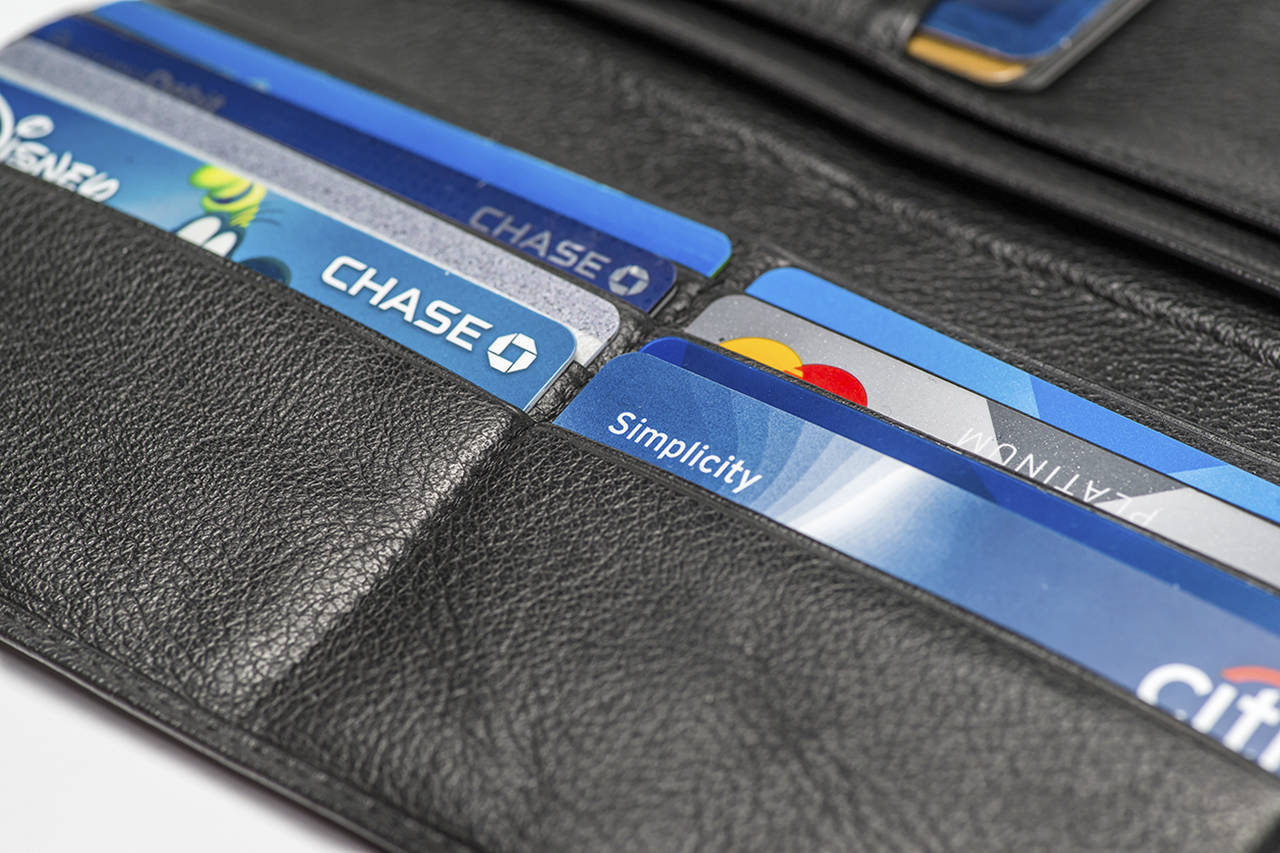By Jackie Crosby
Minneapolis Star Tribune
Sift through the average American’s wallet and you will find punch cards, points programs and specialty branded credit cards for about 15 different companies. Memberships in loyalty plans are on the rise, researchers say, but rising above the pack is harder than ever.
High expectations and short attention spans are key reasons. Despite an oversupply of loyalty programs, three-quarters of consumers actively earn and redeem rewards in a mere three or fewer programs, according to the marketing research firm Kobie.
Most retailers still continue to see value in the programs, though, often devoting serious time and marketing muscle to the effort.
Target Corp. spent 18 months revamping its program that will roll out Oct. 6 under the new name Target Circle. Kohl’s started testing a streamlined version of its Kohl’s Rewards program more than a year ago in eight markets and has added it to five more while still considering it in the pilot phase.
Richfield, Minnesota-based Best Buy offers a points program, store-only credit cards and special perks, such as early access to Black Friday deals, for certain members of its My Best Buy program.
Why the effort?
Those who cash in on their benefits are 1{ times more satisfied with the companies and their programs than those who don’t, a survey of 55,000 consumers by Bond Brand Loyalty Inc. found.
But the survey also found the effect of what the researchers called “redemption satisfaction” is on the wane.
The reason: Amazon.com and the sheer proliferation of programs.
“Amazon ensures consumers can get virtually any product from anywhere on the planet, delivered the same day or next day, and this immediacy has set a standard in the delivery experience that traditional rewards catalogs haven’t kept up with,” Bond’s researchers wrote. “Secondly, rewards catalogs across programs have little to no differentiation —a toaster is a toaster, is a toaster.”
The programs aim to drive traffic online and to stores, and to try to reach Generation Z and young millennials, whom the researchers at Bond dubbed “loyalty natives,” because they have been members of programs since they became consumers.
Target was to announce its new program Monday after testing it out in a handful of markets. The Minneapolis-based retail chain said it researched other retailers’ programs as well as those in other industries and decided to expand some level of discount to anyone who signed up.
The free Target Circle program gives members a 1% discount on everything in stores and online, which can be applied to future purchases. Holders of Target’s branded credit card will retain the current 5% discount and automatically gain access to some of the other Target Circle perks, such as a 5% birthday discount and personalized offers.
Cartwheel, the name of the Target’s mobile coupon app, will keep its same features but will be rebranded under the new name.
Mark Tritton, Target’s chief merchandising officer, said that more than 2 million people have enrolled in the program in seven test markets, and the results have outpaced expectations.
“Those people who have signed up for the program are spending more at Target than those who are not enrolled,” Tritton said in a conference call with the media last week. “So we are seeing a benefit in building loyalty with our guest base.”
Whether it’s a point system, discounts at the register or special coupons, retailers balance the financial costs of the programs, which cut into their margins, with the upside of keeping people moving through the turnstiles and clicking through the digital shopping cart.
The real gold comes from consumer data. Part of the shift in loyalty programs arises from shoppers’ varying degrees of comfort with the bargain of revealing their shopping patterns to companies in return for bigger discounts or special offers on things they like or buy frequently.
Many seem to have accepted it.
A survey by Euclid Analytics found that 53% of Americans said they would let a retailer know their purchase history in exchange for coupons or discounts. About four in 10 said they were open to having retailers know their purchase history if they trusted the brand.
Gordon Pribnow, of Amery, Wisconsin, isn’t much for holding onto a lot of loyalty cards, though he collects points for airlines on his credit card. But he sees real value in various rebate offers through Menards.
“They do build loyalty,” said Pribnow, as he headed into one of the home-improvement stores recently to pick up bags of soil and some tools. “A lot of times I just set them aside and let them build. Then if you’ve got a big purchase, you know you’ve got X-amount to put against it.”
Robert Passikoff, a brand loyalty and consumer engagement research consultant, isn’t convinced the effort is shaping consumer’s perceptions either.
“There was a point in time where all these things made a difference,” he said. “Now, it doesn’t make a difference.”
Passikoff, founder of BrandKeys.com, said it’s easy to get caught up in a game of “loyalty point poker,” where a competitor ups the ante and the response is to try to match it or go one step better. In the end, he said, consumers are probably going to go where they find what they want and get the best deal for it.
“It’s not a question of loyalty,” he said. “It’s a matter of promotion.”



